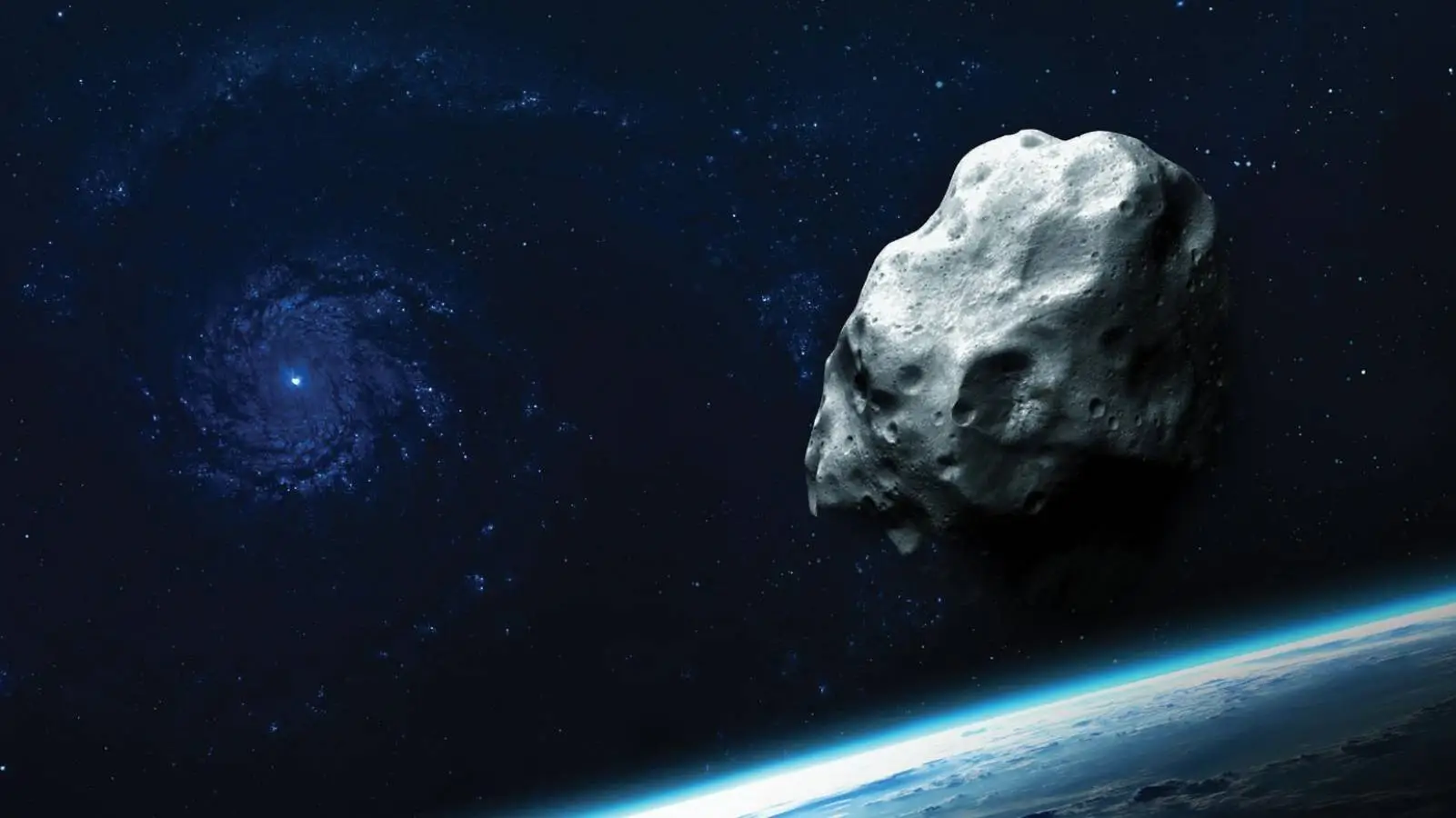NASA continua sa uimeasca intreaga lume cu descoperirile pe care le face, iar astazi vorbim despre una extrem de importanta care ne arata in continuare cat de putine stim in legatura cu universul in care existam. Conform cercetatorilor de la NASA, asteroidul Polymele are o luna care il orbiteaza, o descoperire impreisonanta care vine sa aduca si mai multe mistere pentru rocile care se misca prin univers in mod constant, unele indreptandu-se spre Pamant.
NASA afirma ca asteroidul Polymele are un diametru de aproximativ 27 de kilometri, iar luna sa are unul de aproximativ 5 kilometri, distanta dintre cele doua obiecte fiind de 200 de kilometri. Apropierea dintre ele face imposibile observatii clare in baza carora NASA sa spuna si de unde anume provine acea luna pe care o are asteroidul Polymele, insa simpla descoperire a unui asemenea tip de obiect cosmic este ceva care ne arata cate mai avem de vazut in univers.
NASA Anunta o Descoperirea Impresionanta, Asteroidul care are o “Luna”
NASA a reusit sa observe acest asteroid multumita unei sonde spatiale numita Lucy, aceasta fiind trimisa in spatiul cosmic pentru a analiza mai mult asteroizi care se afla departe de Pamant. Polymele se afla la peste 770 de milioane de kilometri fata de Pamant, iar observarea sa si a lunii sale a fost posibila doar pentru ca el a trecut la un moment dat intre o stea si Pamant, astfel ca a fost pus in evidenta de catre aceasta, si a putut fi masurat de catre oamenii de stiinta de la NASA.
NASA incearca sa obtina mai multe informatii cu privire la acest asteroid, insa este cat se poate de clar faptul ca descoperirea in sine este una extrem de importanta care ar putea sustine si alte observari in viitor. Polymele face parte dintr-un grup de mai multi asteroizi care sunt monitorizati in momentul de fata de catre NASA in timp ce se plimba prin sistemul solar, far a avea vreo traiectorie care sa ii aduca foarte aproape de Pamant in viitor.
“Pe 27 martie, echipa științifică a lui Lucy a descoperit că cea mai mică dintre țintele de asteroizi troieni ale misiunii, Polymele, are un satelit propriu. În acea zi, Polymele era de așteptat să treacă prin fața unei stele, permițând echipei să observe steaua clipind în timp ce asteroidul a blocat-o sau a ascuns-o pentru scurt timp.
Acei doi observatori au detectat un obiect la aproximativ 200 km (aproximativ 124 mile) distanță de Polymele. Trebuia să fie un satelit. Folosind datele de ocultare, echipa a evaluat că acest satelit are un diametru de aproximativ 3 mile (5 km) și orbitează în jurul lui Polymele, care se află la o distanță de aproximativ 17 mile (27 km) de-a lungul axei sale celei mai late.”
NASA se uita cu atentie la multi asteroizi din univers, insa vrea sa analizeze cat mai multi dintre ei pentru viitoare misiuni care sa permita inclusiv devierea traiectoriilor unora care ar putea ameninta Pamantul.






















